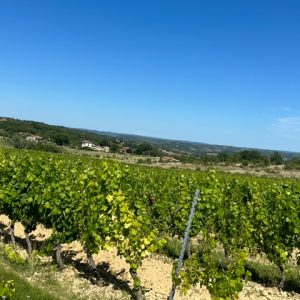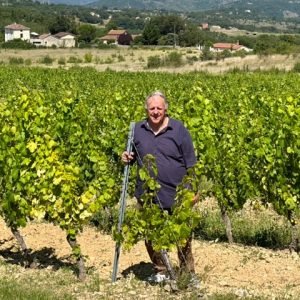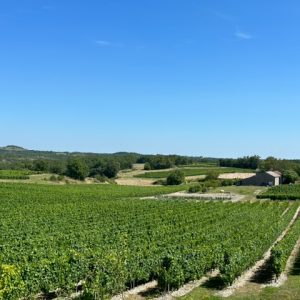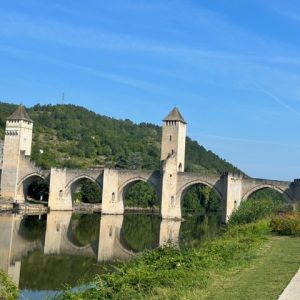Cahors en Quercy
Cahors is a lovely town, with a population of about 20,000. It lies almost 600 km south of Paris. It is the historical capital of the Quercy region.
The city is two thousand years old, being born in the time of the Roman empire. Cahors became a commercial and financial center of European scope in the Middle Ages.
Today the voyage from Paris takes about 5-6 hours in a regional train. The high-speed TGV does not service Cahors. When I visited in July 2024, Cahors had a wonderfully relaxed, meridional atmosphere.
Cahors lies on the scenic Lot river, an area that is surrounded by wonderful steep, arid limestone hills and cliffs. Not surprisingly it has a number of bridges. The most scenic is called “Valandre” (see photo). In 1306, the consuls of the city of Cahors decided on its construction.
The construction lasted nearly 70 years, and survived the crises of the Hundred Years War. Today it is a UNESCO World Heritage Site as part of the pilgrimage path to Santiago de Compostela. It is now only accessible by pedestrians.
Cahors is a city of art and history. But it is also a centre for French rugby union. Parisians like me can imagine that the French are obsessed with soccer (le football). But when you head south, it is a different world.
Another thing that brings fame to Cahors is its wine. Indeed, winemaking in Cahors goes back to the era of Ancient Rome, with vines being planted in the area around 50 BC.
Today, the area around Cahors produces primarily robust and tannic red wine. The wine-growing area lies mainly west of the town of Cahors, and is not readily accessible for wine walking. I could only get there by taxi.
Wine from the Cahors appellation must be made from at least 70% Malbec grape, often considered an ugly duckling of grapes. Malbec is known locally as “Auxerrois” or “Côt”. Winemakers can add up to 30% Merlot or Tannat grape varieties.
Cahors is in no way a fashionable wine among sophisticated wine buffs in Paris. But for my part, I have acquired a taste for it. It goes very well with rich dishes of duck or beef, and also with cheese.
Cahors and the Quercy region are no places to be a duck. Duck dishes dominate local restaurants – with duck confit, duck magret, and foie gras. Other notable local ingredients include “ceps” (a wild mushroom), truffles, and cabecou (a goat cheese). I also read of Quercy saffron being a prized ingredient in local cuisine, though I never saw it.





